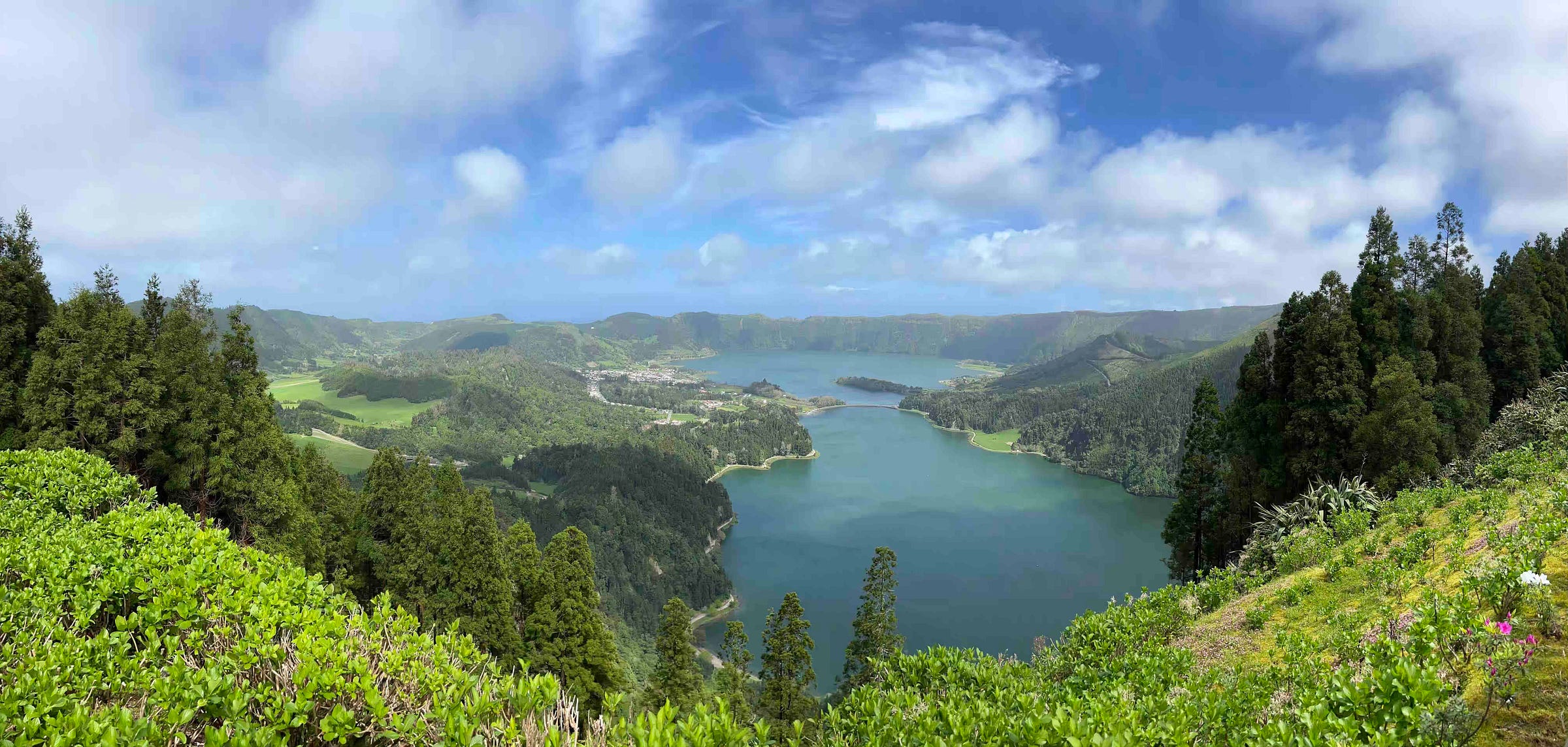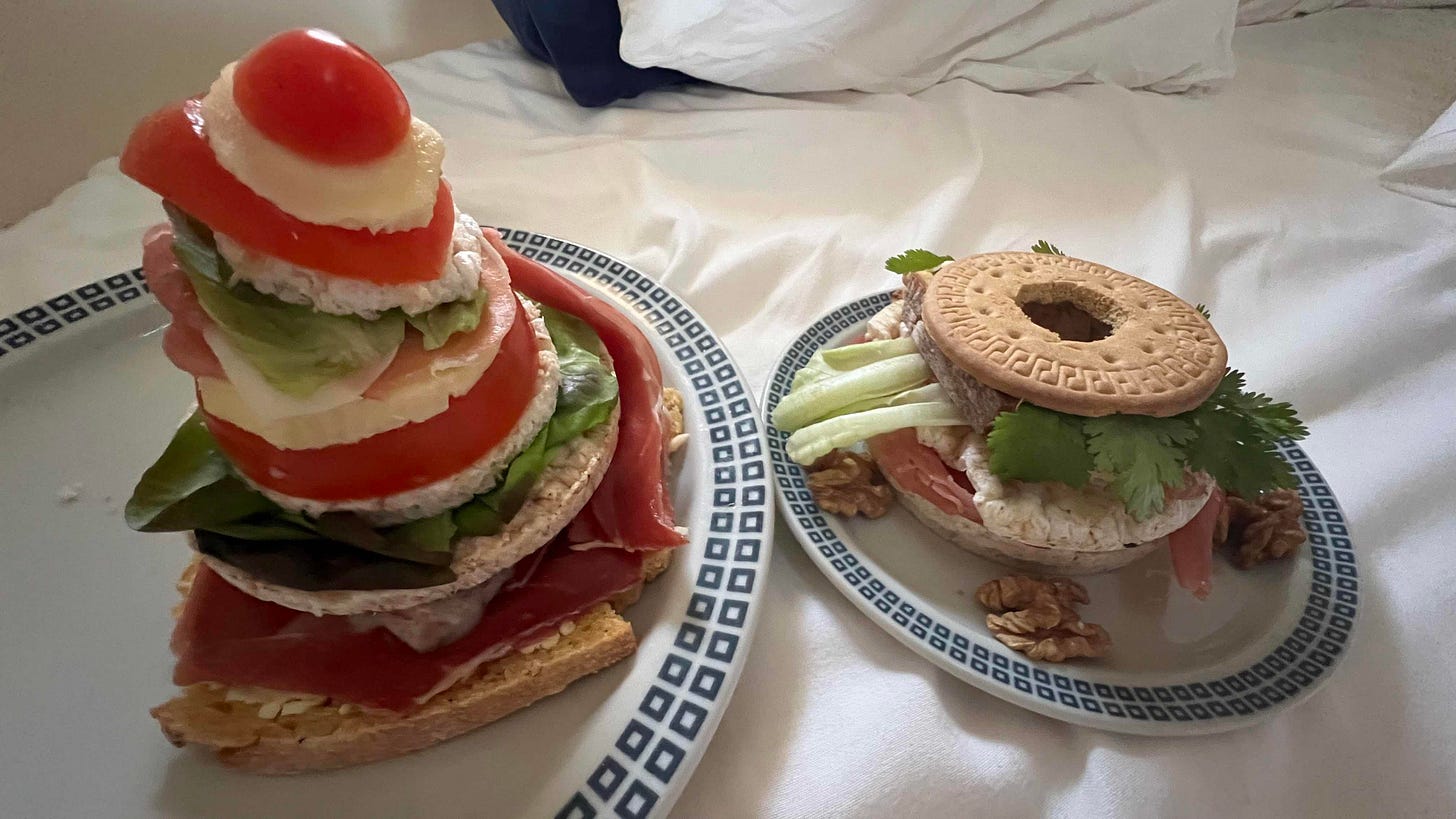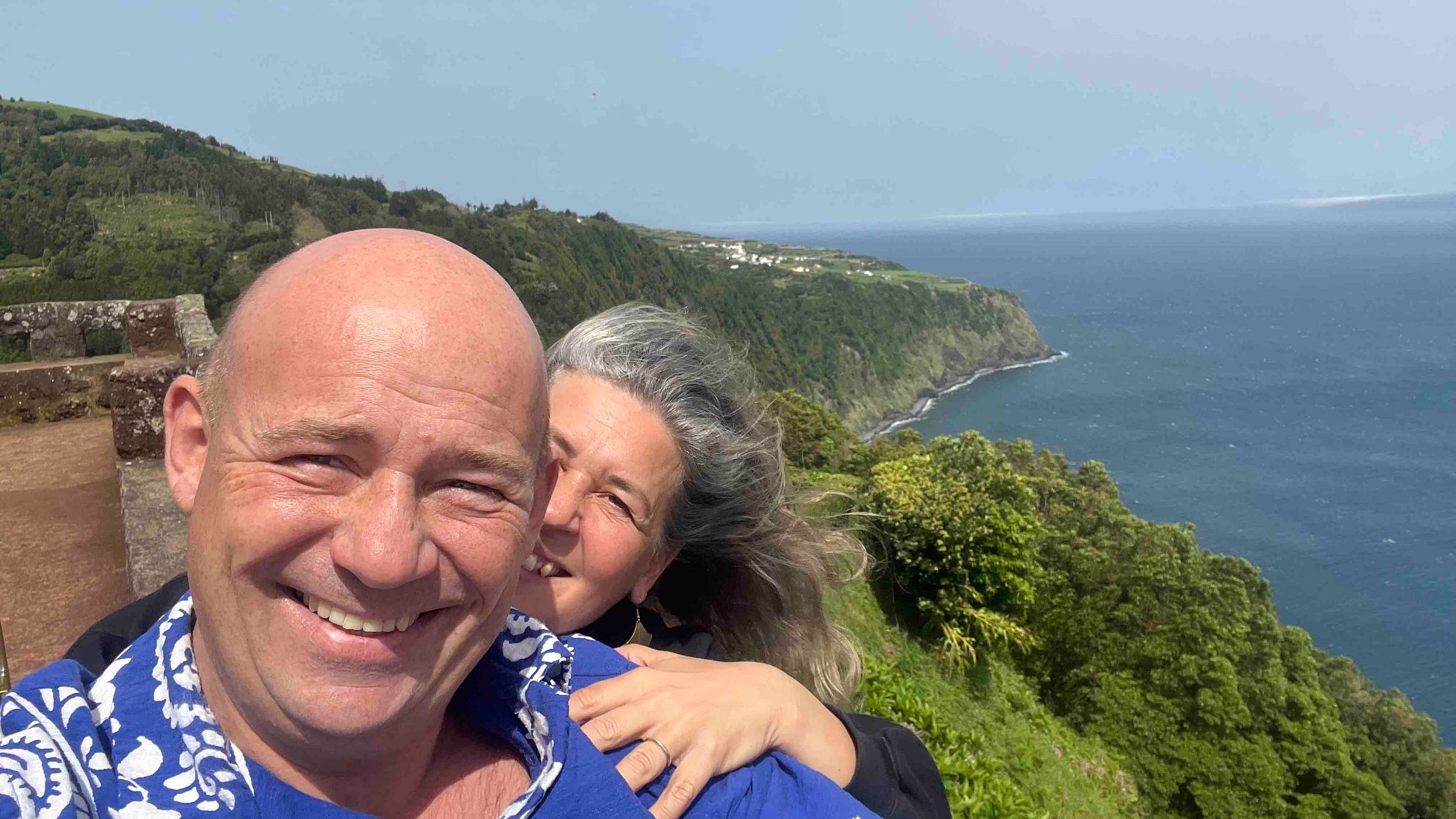There’s something I find very special about islands perched in the middle of the Atlantic Ocean and this week’s despatch originates on one of them.
It’s a place known for its highs: we slept suspended 8m above the ground and breathed in bubbles of sulphur steam.
Do you know where it is yet?
We ate black pudding with pineapple, lodged in a windmill, ventured through underground tunnels to reach a hidden valley and almost swam in tidal pools (come on, it is April).
Oh, and we tried some new volcanic wines made from some unique island grapes.
You must have guessed by now?

My first time on an Atlantic Island was Tenerife as a kid on a family holiday.
The Canary Islands are so much more accessible than St Helena British Overseas Territory, where I went a few years ago for a story on the first commercial flight landing at a new airport blighted by wind shear.
It had cost DfID (the Department for International Development) a fortune and was closed immediately after it opened because of safety fears – the runway perched on a rock with a precipice either end was subject to strong, shifting and unpredictable winds.
Even Charles Darwin complained about the wind while he was there, as did Napoleon, but he complained about everything, which is fair enough...as he was in exile and ended up dying there.
Our fabulous producer and friend Firle came up with the idea and had set up the whole St Helena trip, but given her flying history (surviving three plane crashes and countless near-misses) we asked if she could take the boat and we’d meet her there?
Sadly the BBC couldn’t spare her for the six weeks it takes to sail from Cape Town and as it turned out the re-opening of the airport couldn’t have been any smoother courtesy of a new wind-monitoring system and some canny flying practices.
I also did some stories on the Ascension-islanders and their loss of the RAF air bridge and despite not managing to visit yet, have discovered a Portuguese connection.
When they discovered Conception island in 1501 (and then rediscovered it two years later on Ascension Day) they didn’t even bother claiming it.
Last year I took Ana on a surprise 50th birthday trip to Madeira which was amazing – you can read all about it below.
This year I somehow managed to pull off the same trick again with a surprise birthday trip to a different island: São Miguel, the largest of the Azores Islands (or Açores as I now know them).
Amid all the chaos going on around us in the Valley of the Stars and after a week in Lisbon painting the flat in time for the tourist season (thanks for coming out to help us Hugh!) we needed a break.

And when it comes to getting away from it all, a volcanic chunk of rock a third of the way across the ocean towards America – is definitely “getting away”.
The nine islands of the Açores autonomous region of Portugal span 600km from Flores in the wetter west to São Miguel in the east and are home to around 250,000 people.
They straddle the mid-Atlantic ridge, to which they owe their existence, at the meeting of North American, African and Eurasian tectonic plates: the building blocks of the earth which are slowly but surely moving apart, allowing molten rock to seep out and occasionally to create islands.
Iceland is the biggest, and both St Helena and Ascension were formed a similar way much further south – but perfectly located between them, the Açores are just a two hour flight from Lisbon, and tickets are extremely affordable.
It’s less than six hours on a flight from Boston, and RyanAir has also started flying direct from the UK.
The roads are amazing and the island is welcoming and accessible.
Visiting more than one island needs an extra flight or a lot more time for a ferry – we’ll maybe try SATA/Azores Airlines next time to reach Pico Island which is where most of the wine is made.
Now what was all that about highs that I mentioned in the beginning? Well, it’s a geographer’s dream this place...
The Açores High takes the name of the island, but its impact is far more widely felt – the anticyclone of high pressure which sits over the islands has been called “the gatekeeper of European rainfall.”
Studies published in Nature Geoscience magazine have linked larger Azores Highs to wetter weather in the UK and drier times on the Iberian Peninsula...and discovered that the highs have been expanding since the start of the Industrial Revolution.
Yup, climate change again...and an explanation for the increasingly frequent droughts we’ve had in our part of Portugal and across southwestern Europe.
The pressure system also impacts North American weather, and together with the warm waters of the Gulf Stream ocean current, has created a tropical paradise on these lumps of lava in the ocean.
The steep-cliffed uninhabited islands were discovered by the Portuguese in the early 1400s, even if there are some theories pointing to previous inhabitants.
Oranges were once the island’s fruit – a lucrative crop when European explorers were criss-crossing the oceans on voyages of discovery.
Wine grapes were also a hit with the sailors and the Catholic church until phylloxera and various other grape diseases arrived from America in the late 1800s and did a similar destructive job as they did in the rest of Europe.
Pineapples seemed a good alternative.
The conditions aren’t perfect, but grown under glass (or plastic these days) they are very productive...and go unexpectedly go well with blood sausage which is known as Morcela com Ananas and is one of the island’s specialities.
Another is Cozido das Furnas – a Portuguese stew of mixed meats and vegetables but with an Açorense twist: it’s cooked underground in naturally hot volcanic soils.
We didn’t try the cozido, but we did try boiling ourselves in the hot springs at Furnas – the most famous lake and hot-spa town in the east of the island.
I love the smell of sulphur in the morning.
We enjoyed some amazing grilled fish, and although the limpets weren’t as good as in Madeira, the wine was great (more to come on that in the wine blog) and the accommodation – in an old converted windmill – was quite spectacular.
We climbed the spiral staircase every night and slept 8m up with ocean sights and sounds and enjoyed the novelty of compact living.
With a car for five days we toured the island, heading to the famous Sete Cidades caldera (collapsed volcanic crater) in the west of the island and walked around one of the lakes.
We hiked the Rota de Água through long underground tunnels dug many years ago for smuggling booze to the Janela do Inferno waterfall and hidden valley.
A coastal path completed our holiday hikes and we headed home to relieve Ray from his house-sitting and animal feeding duties – thanks so much for helping with my birthday surprise Ray.
Ana was blown away by the beauty of the Açores, I fell in love with another Atlantic Island, and the great thing is there are eight more of them to explore...even if I might not get away with the “birthday island surprise” trick next year.
Guess I’ll have to dream up something more imaginative.









Excellent! Highly recommended for a getaway!
Fantastic...definitely going back..beautiful place.